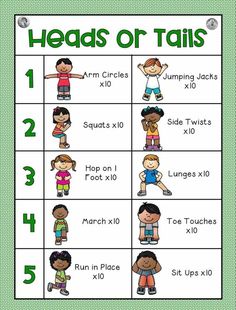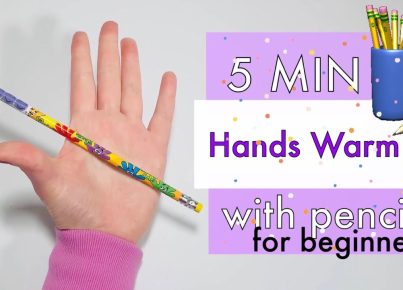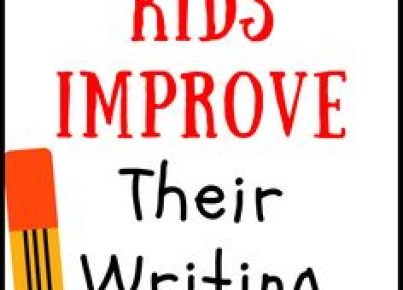Incorporating active learning resources into the classroom is not just a trend but a practical approach to facilitate better engagement and learning retention among students. By engaging students physically, educators can harness the natural energy of children and adults alike, turning it into a powerful educational tool. This article explores the ways in which physical activity can be leveraged for education, offering teachers creative solutions that make lessons both fun and effective.
Why Active Learning is Beneficial:
Studies suggest that when learners are physically active, they can concentrate better and are more motivated to learn. The brain receives increased oxygen flow during physical activity, which boosts cognitive performance and aids in memory retention. Active learning strategies also cater to various learning styles, particularly kinesthetic learners who benefit from movement.
Here are some resources and methods to incorporate physical activity into learning:
1.Physical Exercise Breaks:
Introducing short exercise breaks during lessons can help re-energize students and improve their concentration. This could include stretching, aerobics or simple movements coordinated with music.
2.Educational Games:
Games that require movement, such as relay races with questions on batons or hopscotch with math problems, make learning interactive and enjoyable.
3.Dance & Rhythm:
Using dance routines to remember information or understand concepts introduces rhythm into learning. For example, creating a dance sequence to understand molecular structures in chemistry or historical timelines.
4.Outdoor Learning:
Taking lessons outside provides numerous opportunities for incorporating physical activity. Scavenger hunts that involve running around to collect subject-related items are particularly beneficial.
5.Classroom Layout:
Redesigning the classroom layout to encourage movement by creating stations that students rotate through can support active learning.
6.Technology Integration:
Innovative technological resources like AR/VR applications can simulate environments or scenarios where students can engage physically while learning.
7.Project-Based Learning:
Projects that involve building models or experiments require hands-on activity that aids understanding.
8.Drama in Education:
Incorporating elements of drama or role-play into the curriculum encourages movement and lets students experience different perspectives physically.
9.Fitness & Academic Challenges:
Combining academic challenges with physical goals (e.g., solve math problems during a basketball free-throw session) keeps the mind-body connection active.
10.Stand-up Desks or Stability Balls:
Switching from traditional desks to stand-up desks or stability balls as chairs can increase students’ movement and alertness during lessons.
Conclusion:
Active learning is a dynamic process that equips students with physical vigor and stimulates their mental faculties simultaneously. By integrating these resources into your teaching methodology, educators not only enhance academic performance but also contribute to the overall well-being of their students. The key is to be creative and willing to experiment with different strategies to see what works best for improving engagement and facilitating deeper understanding in the classroom.





